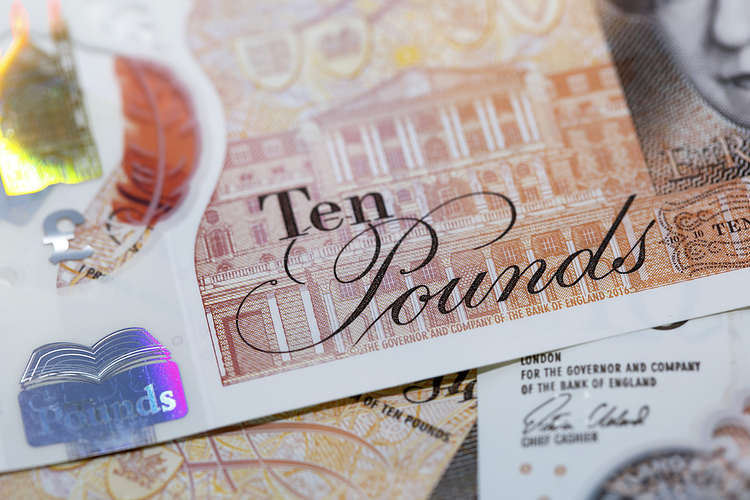- Gold price experiences slight gains in a market bolstered by positive US manufacturing activity reports.
- Surge in US Treasury yields following optimistic ISM and S&P Global reports challenges the appeal of non-yielding Gold.
- A stronger US Dollar Index curtails Gold’s upward trajectory as market participants trim their bets on Fed rate cuts.
Gold price climbed on Monday, but it remained below the all-time high of $2,265. The bright metal is losing some momentum, yet it remains up 0.30% on the day. At the time of writing, XAU/USD exchanges hands at $2,240 after hitting a daily low of $2,228.
Business activity in the United States (US) picked up in March, according to the Institute for Supply Management’s (ISM) Manufacturing Purchasing Managers Index (PMI) and to S&P Global. The former exceeded estimates and crushed February’s data, while the latter cooled but stood in expansionary territory. This data along with a robust economic outlook in the US could dent the Federal Reserve (Fed) from cutting interest rates.
The ISM Manufacturing PMI expanded for the first time since September 2022. That pushed US Treasury bond yields higher, a headwind for the non-yielding metal. Investors were prompted to take profits in the yellow metal in exchange for US treasuries, which tend to be more appealing amid expectations for higher interest rates.
The US Dollar Index (DXY), which measures the American currency’s value against six others, stood at 104.99 and gained 0.44%, limiting the XAU/USD advance.
- On Friday, Fed Chair Jerome Powell responded to the latest inflation data, stating it aligned with their expectations and indicating that the Fed would not overreact to these figures. This suggests that the US central bank would remain in a wait-and-see approach toward future monetary policy decisions.
- Following Friday’s report of the Fed’s preferred inflation gauge, the Personal Consumption Expenditures (PCE), a softer reading, sent Gold prices rallying sharply, though it retreated on Powell’s words.
- The ISM Manufacturing PMI expanded by 50.3, above estimates of 48.4, crushing February’s 47.8 reading. The Prices Paid Index increased by 55.8, its highest level since August 2022, when it hit 52.5.
- S&P Global revealed the latest revision of March’s Manufacturing PMI for the United States, which came in at 51.9, up from the previous reading of 52.2.
- After the data release, market participants diminished their bets for a 25-basis-point rate cut in June to 58% from above 60% last Friday.
The XAU/USD daily chart depicts Gold’s last uptick to new all-time highs, achieved on lower momentum, as depicted by the Relative Strength Index (RSI). As Gold reached the ATH, the RSI stood at 77.21, below its highest level reached on March 11 at 84.41, suggesting a negative divergence is forming.
Nevertheless, the scenario of a mean reversion move is riskier. Still, a break below $2,200 could sponsor a pullback toward the March 8 high turned support at $2,195, ahead of extending its losses to $2,150.
Look for a break above $2,270 for a bullish resumption, which would expose $2,300.
Inflation FAQs
Inflation measures the rise in the price of a representative basket of goods and services. Headline inflation is usually expressed as a percentage change on a month-on-month (MoM) and year-on-year (YoY) basis. Core inflation excludes more volatile elements such as food and fuel which can fluctuate because of geopolitical and seasonal factors. Core inflation is the figure economists focus on and is the level targeted by central banks, which are mandated to keep inflation at a manageable level, usually around 2%.
The Consumer Price Index (CPI) measures the change in prices of a basket of goods and services over a period of time. It is usually expressed as a percentage change on a month-on-month (MoM) and year-on-year (YoY) basis. Core CPI is the figure targeted by central banks as it excludes volatile food and fuel inputs. When Core CPI rises above 2% it usually results in higher interest rates and vice versa when it falls below 2%. Since higher interest rates are positive for a currency, higher inflation usually results in a stronger currency. The opposite is true when inflation falls.
Although it may seem counter-intuitive, high inflation in a country pushes up the value of its currency and vice versa for lower inflation. This is because the central bank will normally raise interest rates to combat the higher inflation, which attract more global capital inflows from investors looking for a lucrative place to park their money.
Formerly, Gold was the asset investors turned to in times of high inflation because it preserved its value, and whilst investors will often still buy Gold for its safe-haven properties in times of extreme market turmoil, this is not the case most of the time. This is because when inflation is high, central banks will put up interest rates to combat it. Higher interest rates are negative for Gold because they increase the opportunity-cost of holding Gold vis-a-vis an interest-bearing asset or placing the money in a cash deposit account. On the flipside, lower inflation tends to be positive for Gold as it brings interest rates down, making the bright metal a more viable investment alternative.



